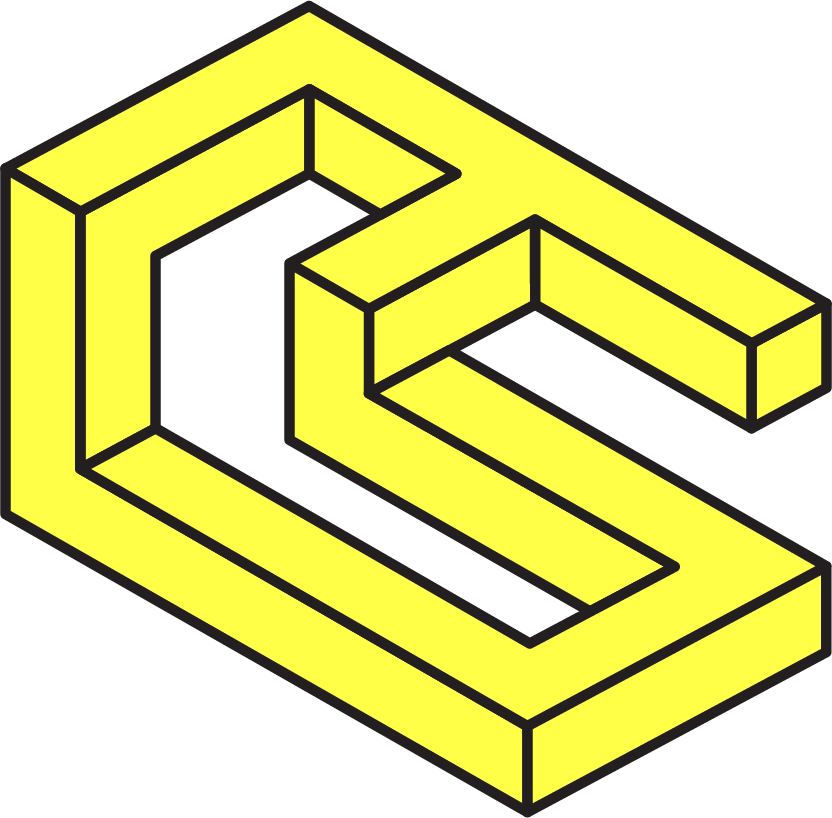Ethereum Testnets, Goerli ETH, and a Way Forward
Authored by Colin Adams
Recently, a new testnet bridge was built, allowing for real-time pricing of ETH/GOERLI-ETH and opening up a market for these assets. The stated objective of this was to enhance the accessibility of GoETH for Ethereum developers. While it sounds promising in theory, we have been opposed to this from the outset. Our reasoning is simple: testing ought to be free.
Following last month's debate on this topic, we'd like to reiterate why that's the case and explore some solutions.
Historical context
When we (ChainSafe) had the idea for a unified testnet, we had one goal: enabling any execution layer client to share a Proof of Authority testnet. Before that, there was only unified Proof of Work testnets.
As time passed, Goerli found a new purpose in testing the migration of mainnet Ethereum to Proof of Stake. This new purpose was never meant to distract from the original goal of providing an accessible unified Proof of Authority testnet.
However, things changed, and the goal of Goerli did as well.
Issues around Goerli
Becoming the home testnet for the transition to Proof of Stake has meant less accessibility for the average smart contract developer to obtain GoETH. The increasing number of Dapp developers has spiked demand, making distribution methods for GoETH less reliable than in the past. Compounding all of this is the demand for network effects.
Getting GoETH from faucets that are often spammed or botted is a well-documented challenge that has been publicly discussed numerous times. One big issue is there's no "faucet for unlimited funds," and there isn't a way to enable that without a protocol upgrade.
In addition, some people believe that a few whales in the community are "gatekeeping" GoETH and contributing to supply issues. This is not the case. But even if it were, there's a ready-made solution: move to the Sepolia testnet.
Specified for applications, Sepolia was generated in a way where it's easier to unlock a bunch of testnet ETH for distribution. In short, some of the lessons learned from Goerli have already been applied. This (along with a few more ideas detailed below) are true solutions to the problems of testing.
But one thing should be made abundantly clear.
Opening up a market for GoETH is not the solution because this doesn't solve the inherent supply issue on Goerli. Rather, it incentivizes people to continue using a deprecated testnet, flawed from the start for its current use case.
Fixes in progress
Solutions to this problem are multifaceted, as there are different constituencies of developers and many competing interests in play. The first thing we can do is encourage projects to migrate to Sepolia so that there's a greater consolidation of composable infrastructure for Dapp developers.
This is already being done and will continue.
There are initiatives aimed at easing GoETH supply issues and getting ether into the right hands. Money also has been amassed to give out grants for people who want to look into faucet design and equitable ways to distribute testnet ETH. More ideas are in the works.
Resources:
Additionally, with Goerli going away in Q3 or Q4 2023, a new testnet, Holli (Holešky), is planned to launch later this year, with a few proposals already put forward to address supply and allocation issues. All of this is great, but there's more.
We've spun up an application to help aspiring validators test their setup on Goerli. We call it:
The Goerli Validator Faucet🚰
The application works by connecting your wallet and providing any testnet token to the app. Validator Faucet will then stake the 32 GoETH needed to start validating on Goerli.
The app employs Sygma to handle the cross-chain interaction between the source chain (origin of testnet tokens) and Goerli (where validators are launched). It also uses the SSZ and BLS libraries (developed by the Lodestar team) to validate deposit data and web3.js for encoding and sending transactions.
By using the faucet, validators can bypass GoETH constraints to test their setup on Goerli and identify any issues before they go live.
Give it a try 👉 https://validator.faucet.chainsafe.dev/upload
******While this initiative should not be confused with ongoing support for Goerli, if the approach proves successful, we will run this system on all future testnets.
Final thoughts
Access to testing is a public good, and it should be free. Putting a price on GoETH is dangerous and invites numerous consequences. The focus should be on how we can make it easier to onboard new developers, not put additional barriers in front of them.
At the same time, it's important to think about how to better serve the needs of application developers as we add and deprecate testnets in the future. Truthfully it's not easy to fix live testnets. But it is possible to set up future testnets with better starting conditions.
If you have strong opinions, now's a good time to make your voice heard.
👉 https://github.com/eth-clients
Post-Merge Testnets
The Fight Over Testnet ETH
About ChainSafe
ChainSafe is a leading blockchain research and development firm specializing in infrastructure solutions for web3. Alongside its contributions to major ecosystems such as Ethereum, Polkadot, Filecoin, Mina, and more, ChainSafe creates solutions for developers and teams across the web3 space utilizing expertise in gaming, bridging, NFTs, and decentralized storage. As part of its mission to build innovative products for users and improved tooling for developers, ChainSafe embodies an open-source and community-oriented ethos to advance the future of the internet.
Website | Twitter | Linkedin | GitHub | Discord | YouTube | Newsletter

